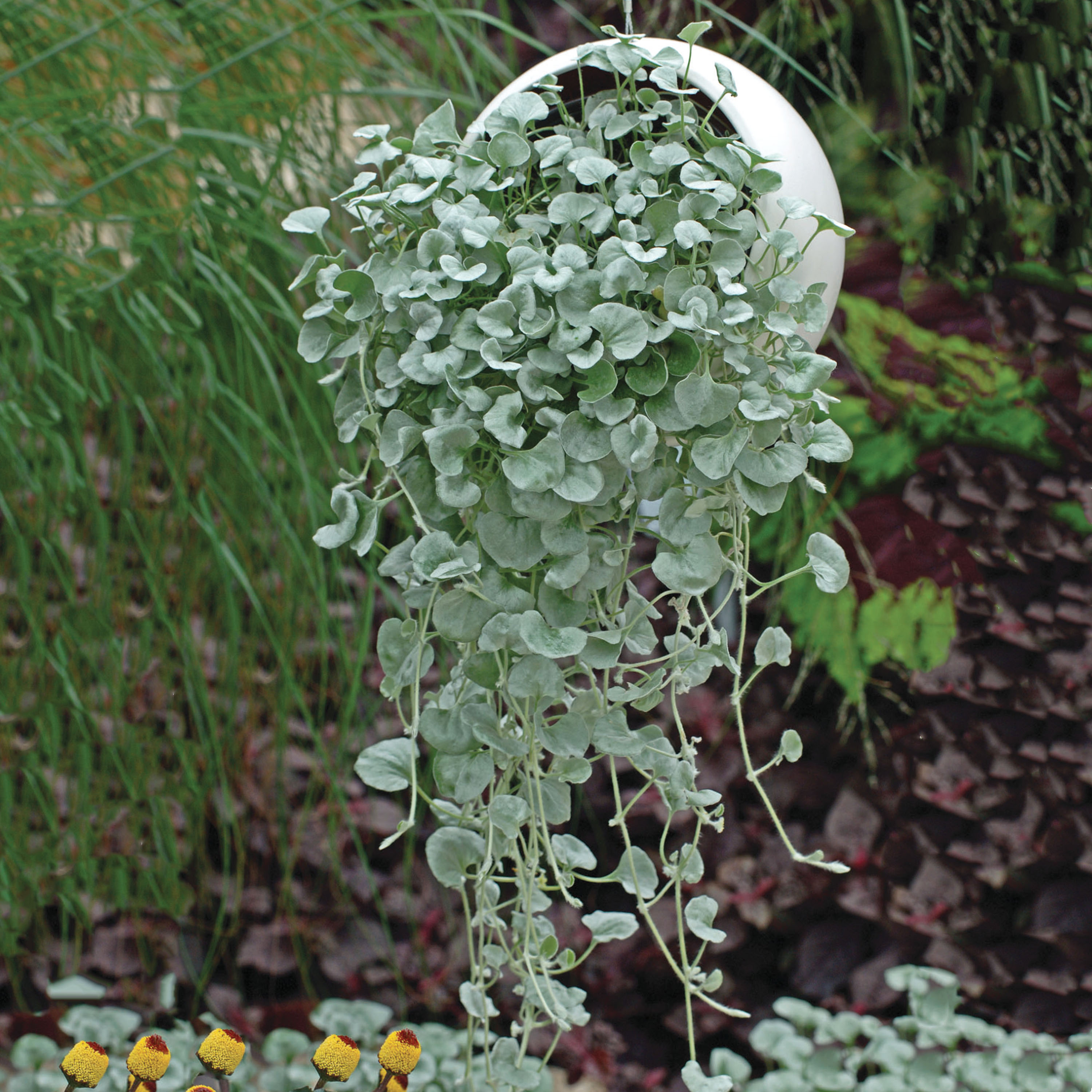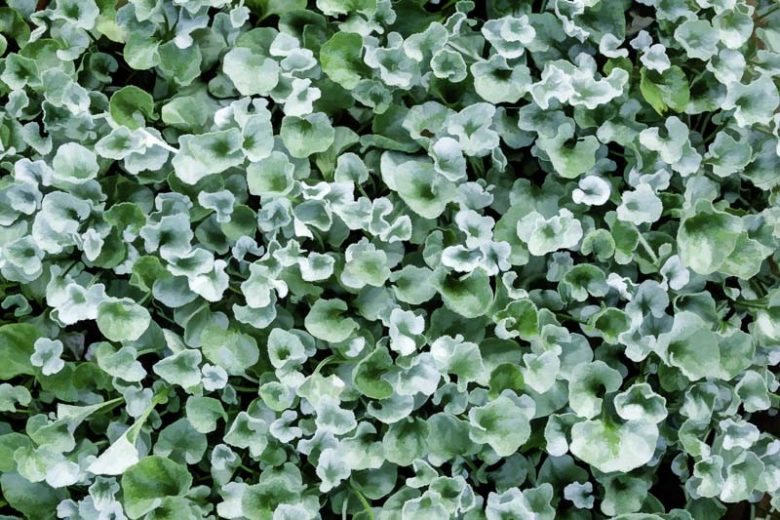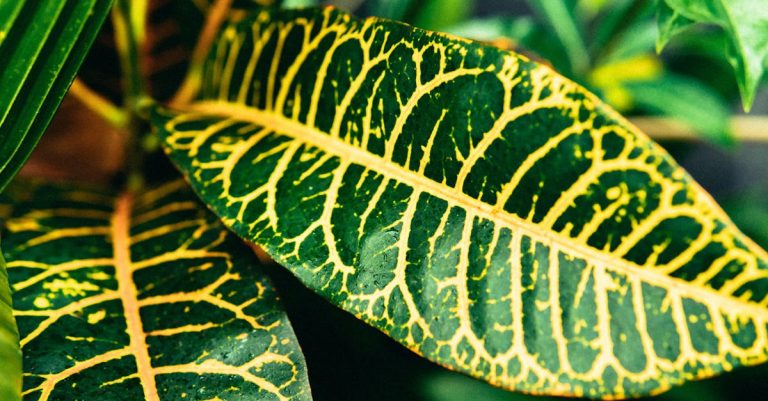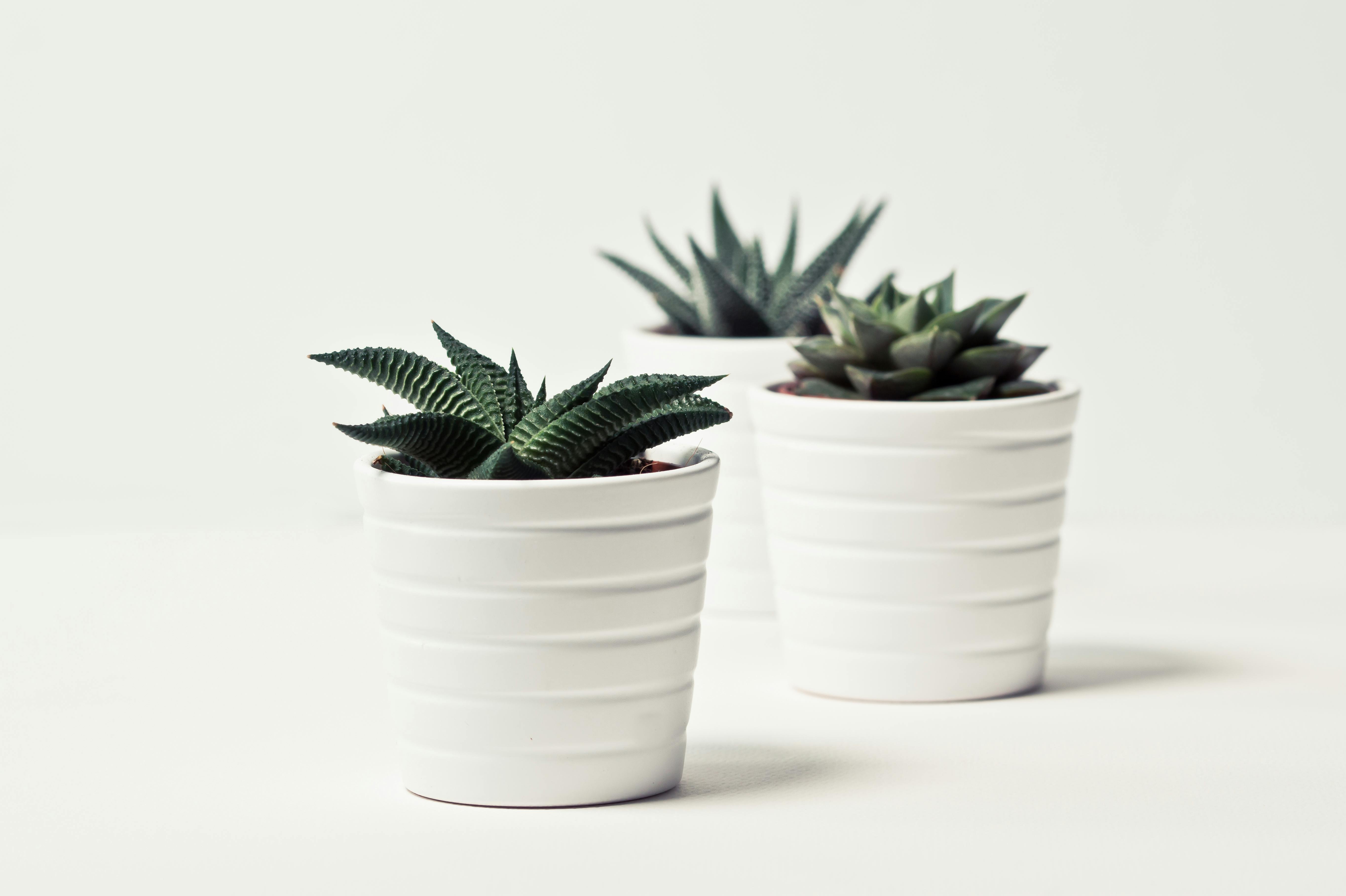How To Care For Silver Falls (Dichondra argentea)
Silver Falls, scientifically known as Dichondra argentea ‘Silver Falls’, is a stunning trailing plant renowned for its cascading silver foliage. This hardy plant is often used in hanging baskets, containers, and as ground cover. Despite its delicate appearance, Silver Falls is relatively easy to care for. Here’s a comprehensive guide on how to keep your Silver Falls thriving.
Light Requirements
Silver Falls prefers full sun to partial shade. Here’s how to provide the best light conditions:
- Full Sun: In full sun, the foliage will be more vibrant and dense. Aim for at least 6 hours of direct sunlight per day.
- Partial Shade: Silver Falls can tolerate partial shade, especially in hotter climates. However, too much shade can result in leggier growth and less vibrant foliage.

Watering
Proper watering is crucial for Silver Falls:
- Frequency: Water the plant regularly, allowing the soil to dry out between waterings. Overwatering can lead to root rot, while underwatering can cause the plant to wilt.
- Method: Water thoroughly until water drains from the bottom of the container. In-ground plants should be watered deeply but less frequently to encourage deep root growth.
- Drought Tolerance: Silver Falls is relatively drought-tolerant once established but performs best with consistent moisture.
Soil
Silver Falls thrives in well-draining soil. Here’s what to keep in mind:
- Soil Type: Use a sandy or loamy soil mix. For containers, a high-quality potting mix with good drainage is ideal.
- pH Level: The plant prefers a slightly acidic to neutral soil pH (6.0-7.0).
Temperature and Humidity
Silver Falls is hardy and can withstand a range of temperatures:
- Temperature Range: It performs best in temperatures between 70-85°F (21-29°C). It can tolerate higher temperatures if kept well-watered.
- Frost: While Silver Falls can tolerate light frost, it is not frost-hardy. In colder climates, it’s best to bring container plants indoors or provide protection during frost periods.
- Humidity: The plant does well in both dry and moderately humid conditions.
Fertilizing
Regular feeding helps maintain the health and vigor of Silver Falls:
- Frequency: Fertilize monthly during the growing season (spring and summer) with a balanced, water-soluble fertilizer.
- Application: Dilute the fertilizer to half strength to avoid over-fertilizing, which can damage the plant.
Pruning and Maintenance
Regular maintenance will keep your Silver Falls looking its best:
- Pruning: Trim back any leggy or overgrown stems to encourage bushier growth. Pruning also helps maintain the plant’s shape and prevents it from becoming too unruly.
- Deadheading: Remove any dead or yellowing leaves to keep the plant looking tidy and to prevent potential pest issues.
Common Problems and Solutions
- Root Rot: Often caused by overwatering or poorly draining soil. Ensure proper drainage and allow the soil to dry out between waterings.
- Pests: Silver Falls is generally pest-resistant, but it can occasionally attract aphids or spider mites. Treat infestations with insecticidal soap or neem oil.
- Leggy Growth: This can result from insufficient light. Move the plant to a sunnier location or prune back overgrown stems to encourage denser growth.
Propagation
Silver Falls can be easily propagated through stem cuttings or division:
- Stem Cuttings: Take a healthy cutting with several nodes and remove the lower leaves. Plant the cutting in a well-draining soil mix and keep it moist until roots develop.
- Division: Divide the plant in spring or early summer. Carefully separate the root ball into smaller sections and replant them in suitable soil.
Conclusion
Silver Falls (Dichondra argentea ‘Silver Falls’) is a versatile and attractive plant that can enhance any garden or indoor space with its cascading silver foliage. By providing the right light, water, and care, you can enjoy its beauty year-round. Regular attention to its watering, fertilizing, and pruning needs will ensure that your Silver Falls remains healthy and vibrant.







